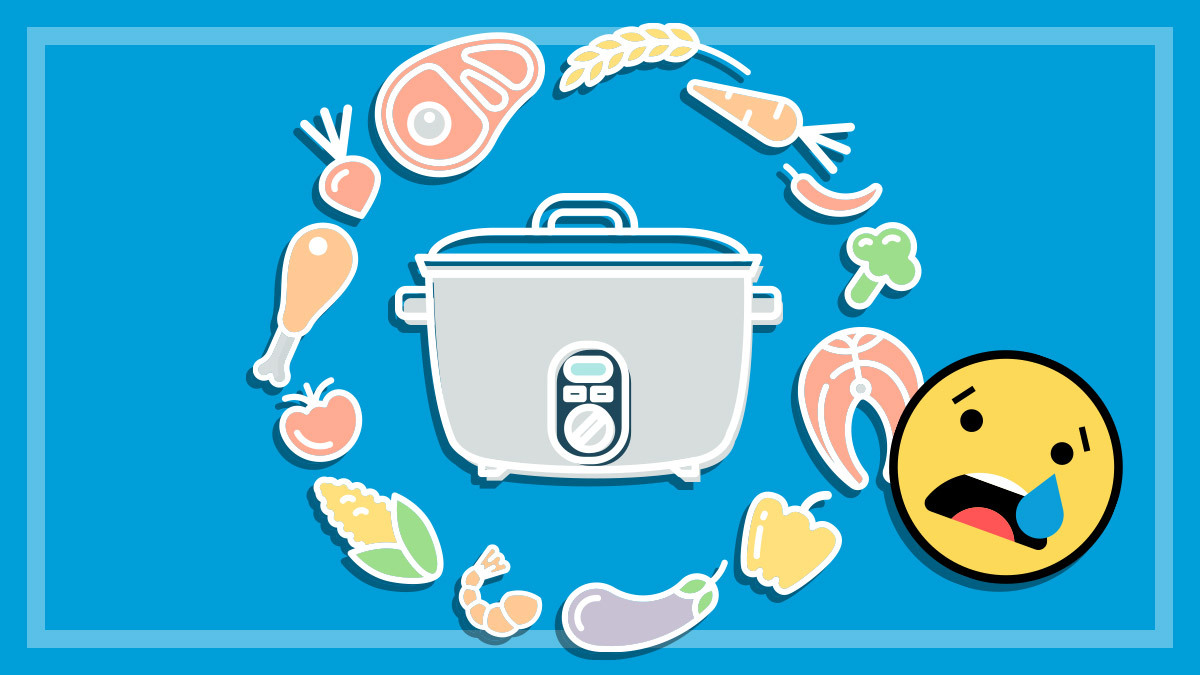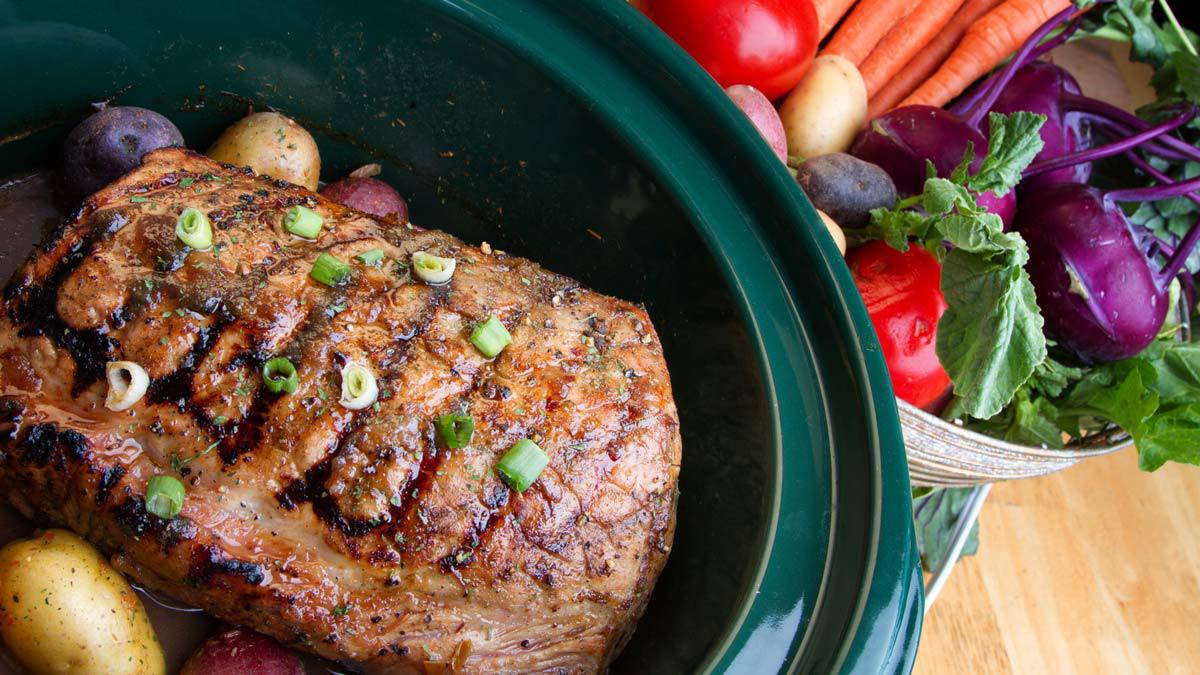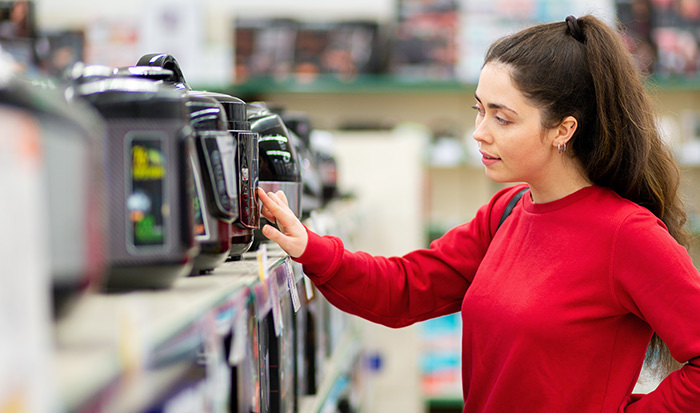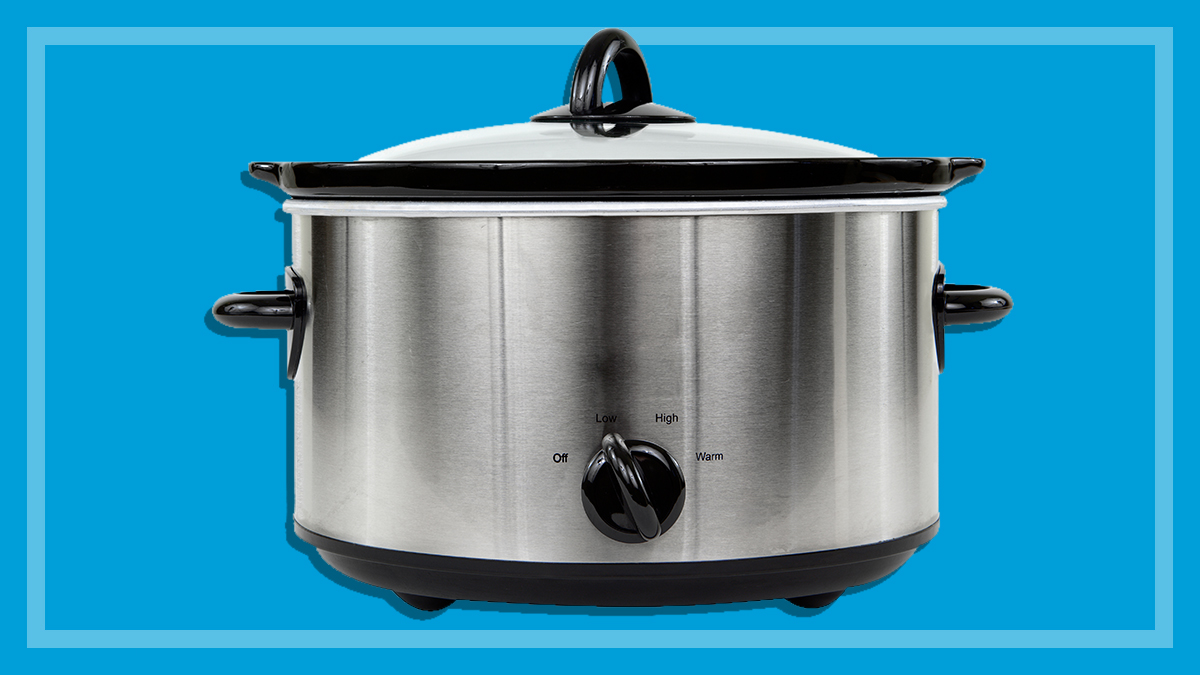Get our independent lab tests, expert reviews and honest advice.
10 common slow cooker mistakes you might be making

Loved for its ability to deliver hearty, warming, home-cooked meals with minimal fuss, the slow cooker is a true hero of the winter kitchen.
With many of us trying to cut back on costs, the slow cooker is also a handy helper when it comes to meal planning, creating cheaper dinners that go further and making the most of great-value storecupboard ingredients.
But are you getting the best out of this clever appliance or is your slow-cooker game falling flat?
CHOICE kitchen expert and serious slow-cooker fan Fiona Mair shares the things you might be doing wrong. Follow her advice to ensure you turn out delicious meals with minimal effort, every time.
1. Not searing your meat
For maximum flavour, never skip the searing. The process of searing and caramelising your meat allows those vibrant slow-cooked flavours to develop.
Some slow cookers have a sear function that means you can sear directly in the cooking bowl, so many of the flavours and meat juices are retained for added flavour (while also reducing the need for extra pans and washing up). If your cooker doesn’t have this function though, it’s really worth getting the frying pan out.
For bonus points, coat your meat in seasoned flour before searing to help thicken the sauce during cooking.
2. Using the wrong cut of meat
Put the pricey sirloin away! The most expensive cuts of meat are wasted on slow cookers, so we’re giving you an excuse to be tight on the budget.
Relatively cheaper, fattier cuts of meat such as stewing beef, chuck steak or blade are perfect for this method, as long cooking times will keep them moist and flavourful in stews, curries, soups and casseroles.
Leaner meats such as chicken breast can also get tough when cooked for a long time so are best avoided. Instead go for bone-in chicken thighs or chicken pieces cut from a whole bird.

3. Overcooking your dishes
While we encourage you to ‘set and forget’ while slow cooking (heck, you can even head to the shops while you have a curry on the go), don’t completely forget about it. It is possible to overcook your dishes, especially if you’re using the high setting (which will take 5–6 hours, as opposed to the low setting which will usually take about 8 hours).
It’s best to follow your recipe guidelines and switch your slow cooker off or to the ‘keep warm’ setting once the meal is done. And, if you are indeed a tad forgetful, choose a model with a timer that will switch to the ‘keep warm’ setting automatically (which is also handy if you’re not sure when you’ll be home from the shops).
4. Being an impatient cook
It may be tempting to remove the lid and take a good look at how your stew is, well, stewing, but be patient! It’s best you avoid lifting the lid too much during cooking as this can significantly add to your cooking time.
Fiona says: “Lifting the lid too much will cause the cooker to lose heat and it takes a while to get it back. It’s best to check if your food is done towards the end rather than throughout. Each time you lift the lid to check the food or skim the fat, you should add an extra 10 minutes cooking time.”
Many models have glass lids for the curious cookers who like to see how their dish is progressing.
5. Spending too much on a slow cooker
As we often find in our CHOICE testing, more expensive appliances aren’t always the best, and the same goes for slow cookers. We’ve found some great budget buys for below $50 that our testers score just as well, if not better, than models costing $100–200 more.
We’ve already talked about some nifty features you may like to have on your slow cooker. These features may not be available on cheaper models, but they also may not be important to you, so know what you’re paying for and what features you want before you buy.
You could also look into buying a multi-cooker as they often have added features on top of slow cooking. Read more to decide which appliance is best for you: Slow cookers vs multi-cookers vs pressure cookers.

6. Not adding the right amount of liquid
Slow cookers are a form of moist-heat cooking and there is minimal evaporation during the cooking process.
It’s important that you add enough liquid for the food to cook in: too little and your food will become dry or be undercooked; too much and the flavour will be diluted and you might end up with a soup when you intended a stew.
We’ve found some great budget slow cookers for below $50 that our testers score just as well, if not better, than models costing $100–200 more
“When you slow cook meat or vegetables, the water content of these foods adds to the cooking liquid, so keep that in mind when adding liquid. You should add less than you normally would if cooking on a cooktop, unless you are making a soup,” Fiona says.
“Keep in mind to just cover meats that require boiling, such as corned beef, as you don’t want the meat to become too dry.”
If you do find that there is too much liquid in your casserole or stew, you can thicken the sauce with cornflour. Mix one tablespoon in a little cold water and stir it in, cover and cook a further 10 minutes on the high setting.
7. Not defrosting your meat properly
This pretty much goes for any time you are cooking meat, but you should always ensure it is defrosted properly. If not, your meat will likely not cook properly and, in a slow cooker, this could double your cooking time and dilute the flavour of your sauce.
The best and safest way to defrost meat is by placing it in the refrigerator overnight, then cooking within 24 hours.
8. Overfilling your slow-cooker
Filling the slow cooker bowl over the maximum capacity can cause the liquid to bubble up around the lid and splash onto your bench, especially when using the high setting. Putting too many ingredients in will also result in uneven cooking.
Always follow your recipe and ensure your slow cooker is large enough.
9. Buying the wrong size slow cooker
Choosing the right capacity slow cooker for your needs is important. If you’re cooking for two, you’ll only need a 3–4.5L slow cooker, but if you’re cooking for more people or would like to have leftovers, look at a 5–8L model.
Keep in mind that some models can be very large and heavy, which could mean they’re tricky to clean or store. In our expert slow cooker reviews, we give each model an ease of use score which gives you an idea of how easy they are to store, clean and assemble.
Find out more about how we test and score slow cookers.
10. Not making room for leftovers
One of the big perks of slow cooking is not only the lovely aromas it gives your kitchen, but the amazing potential for leftovers! As slow-cooked dishes are usually quite tender and saucy, they are perfect for freezing, which means you can take care of multiple meals at once and build up a great stash of dinners ready to be defrosted.
Check out our tips for getting the most from your freezer and if you’re in need of new storage containers for all that slow-cooked food, we review brands such as Sistema, Tupperware and more in our plastic food container reviews.






